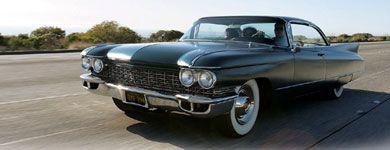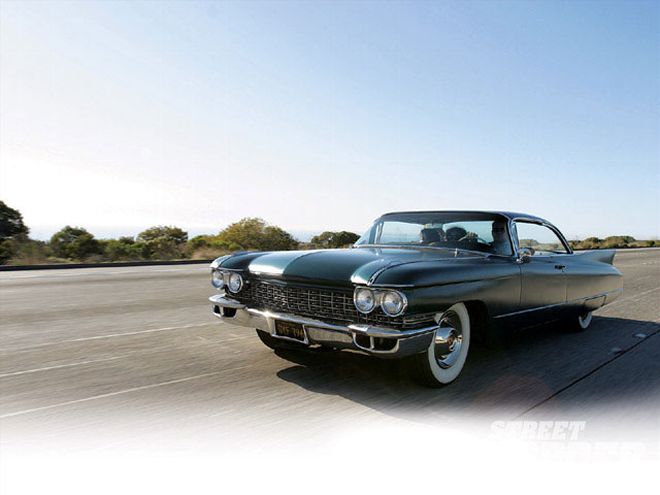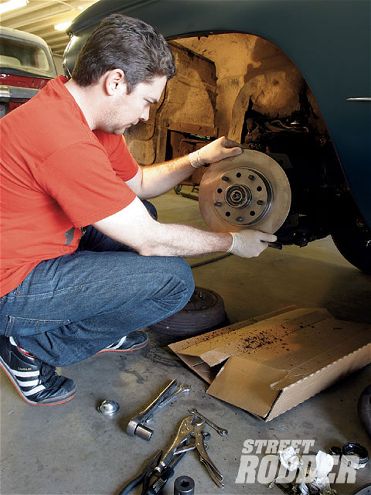

Those of us who have had the opportunity to drive an old car in its stock guise in a modern traffic situation can attest to the fact that they lack many of the creature comforts we've not only become used to and expect, but have also influenced our driving habits and techniques.
In an age where power steering, antilock power brakes, sports car suspension, and high-output engines are the norm, the majority of drivers out there on the streets and highways tend to push their cars further than they should, following too close and driving too fast.
This puts those of us with old cars at a disadvantage when it comes to driving in these modern conditions. Hang in the slow lane doing 55 mph and you're likely to get run over by an 18-wheeler doing 70. Mash the gas and wing it over to the fast lane and you may find yourself playing Russian Roulette when it comes time to stop on a dime for that fender-bender in the carpool lane everyone's slowing down to rubberneck. This is especially true when you get into those big chrome boats of the late '50s and early '60s. With lengths upward of 18 feet and some weighing nearly 5,000 pounds, driving down the contemporary highway on a set of bias-ply tires backed by four-wheel drum brakes leaves something to be desired, to say the least.

That was the topic of conversation that came up a few weeks back during a road trip down to San Diego and back from Los Angeles. I led the trail of destruction in my '55 Chevy as we wound our way through Orange County, followed by Brian Wendel in his kustom '60 Cadillac. Powered by a hopped-up 390ci Caddy motor, Brian's coupe was more than capable of keeping up with my 327ci-powered Tri-Five, but as we came upon traffic at various instances along the way, I could see the effects of the old Caddy's drum brakes as the car moved from side to side when the brakes were applied. This was obviously a side effect of the drums' tendency to pull inconsistently, making it necessary for the driver to constantly make corrections in the steering to compensate. My Chevy, on the other hand, did not have this problem, since I had installed power disc brakes on the front years ago and knew the improvements gained in such an upgrade.
With that said, it wasn't long after that trip that we decided to give Rob and the gang over at No Limit Engineering in nearby San Bernardino, California, a call to see if we couldn't set up a disc brake kit for the Cadillac. It just so turned out that not only did they already offer a kit for the '59-60-era Caddys, but for the '34-56, '57-58, and '61-68 Cadillacs, as well, and in two different kits: basic and complete. The basic kit comes with the front bits-rotors, calipers, spacers, brackets, hoses, bearings, and the like-while the complete kits include a new dual master cylinder and power booster, as well as the associated mounting hardware.
We opted to start with the basic disc brake kit for Brian's Cadillac, which included new rotors and calipers, mounting brackets, spindle adapters, hoses, and bearings, since that simple upgrade could be completed in an afternoon, keeping the car off the road for as little time as possible. After a few hundred miles of driving, we'll more than likely pull it back in the garage and install a power booster and dual master cylinder, as well.
With the basic kit installed, however, braking power has increased by about 35 percent compared to the drums with the stock master cylinder. The car has become much more manageable and consistent when it comes to swerving under braking, a major step in the right direction when it comes to getting those old cars to perform in a 21st century manner.